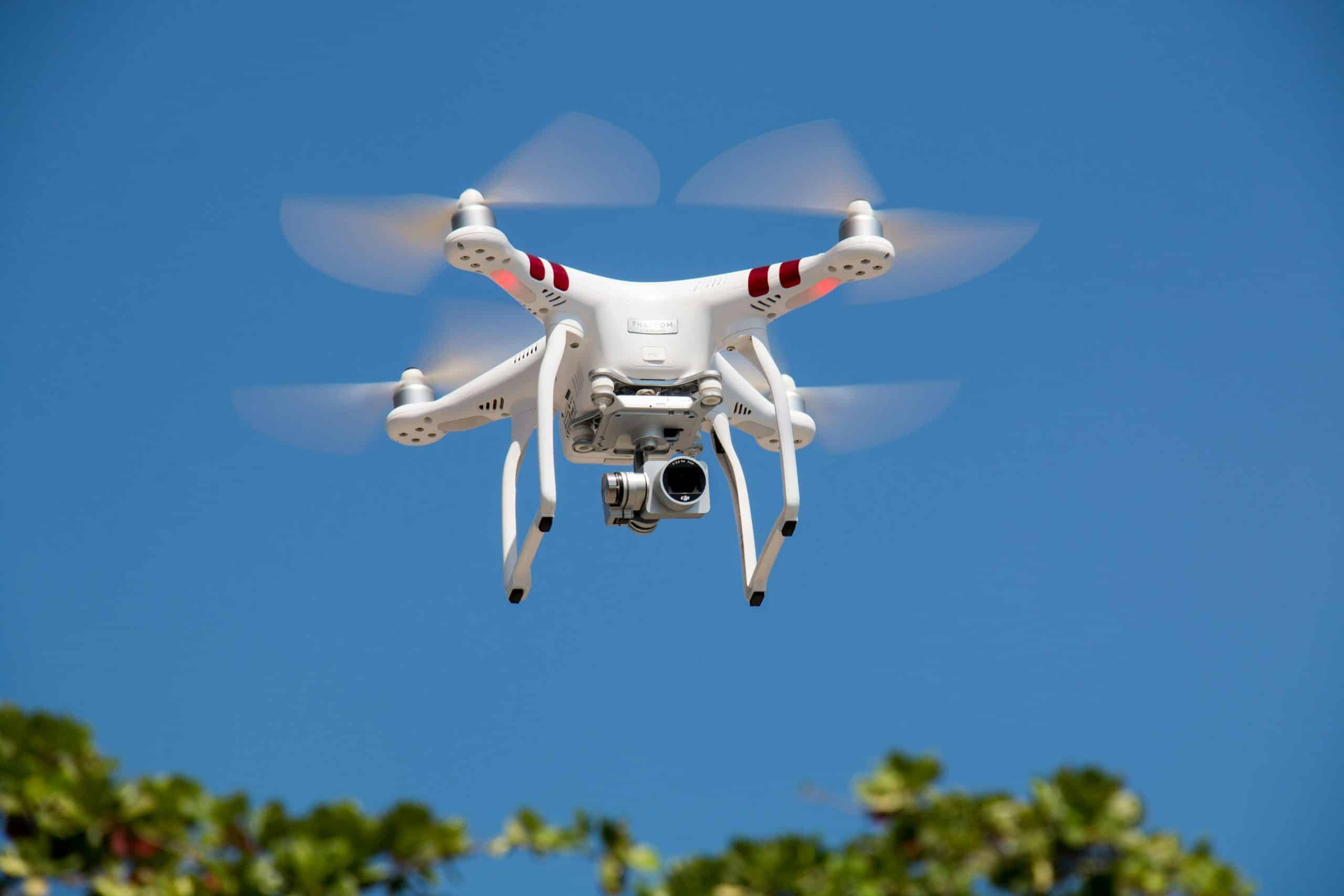
What are the considerations for integrating AI in autonomous drone delivery systems?
The rise of drone technology is reshaping multiple industries, with autonomous drones leading the charge in transforming delivery systems. The integration of artificial intelligence (AI) into these unmanned aerial vehicles (UAVs) has opened a new frontier for real-time delivery services. But the deployment of AI-powered drones involves a complex interplay of technology, data, and management. Here, we explore the key considerations for integrating AI in autonomous drone delivery systems.
Enhancing Delivery Efficiency and Speed
When it comes to drone delivery, AI acts as the central nervous system, enhancing efficiency and speed. The technology enables autonomous drones to make real-time decisions, optimizing flight paths and navigating complex environments.
A découvrir également : How can AI improve the precision of predictive analytics in financial markets?
Machine learning algorithms play a pivotal role by analyzing vast amounts of data to improve the trajectory planning of aerial vehicles. These algorithms can predict and avoid potential obstacles, weather conditions, and real-time traffic patterns. By doing so, they ensure that delivery operations are not only quicker but also more reliable.
For instance, drone-based delivery companies can leverage computer vision to identify drop-off points accurately. This level of precision minimizes delivery errors and enhances customer satisfaction. Moreover, integrating AI with path planning systems can help drones navigate through urban landscapes, where traditional navigation methods might fail.
A lire également : What are the steps to develop a serverless architecture for large-scale event processing?
Additionally, AI can streamline management systems by automating routine tasks such as flight scheduling, maintenance checks, and performance analytics. This ensures that drone fleets operate at peak efficiency, reducing downtime and operational costs.
Safety and Security Considerations
Despite the benefits, integrating AI in drone delivery systems raises critical safety and security concerns. Ensuring the safety of both drones and the public is paramount. AI-driven drones must be equipped with robust security algorithms to prevent cyber-attacks and unauthorized access.
Autonomous drones need to comply with stringent regulatory requirements. This involves adhering to airspace regulations and obtaining necessary clearances, especially in densely populated areas. AI can aid in this process by ensuring that drones follow predefined flight paths and avoid restricted zones.
Machine learning models must be trained to handle unexpected scenarios, such as sudden weather changes or mechanical failures. Real-time monitoring and anomaly detection systems can alert operators to potential issues before they escalate, ensuring the safety of the drone and its cargo.
Data encryption and secure communication protocols are essential to protect sensitive information during drone operations. In addition, AI can help monitor the integrity of drones' hardware and software systems, identifying and mitigating potential vulnerabilities.
AI also plays a crucial role in avoiding collisions. Advanced computer vision and sensor technology enable autonomous drones to detect and evade obstacles, both airborne and ground-based. This capability is vital for ensuring the safety of deliveries in urban areas where obstacles are plentiful.
Optimizing Delivery Routes with AI
One of the most significant advantages of integrating AI into drone-based delivery services is the ability to optimize delivery routes. Traditional delivery methods often face delays due to traffic congestion, road closures, and other unforeseen circumstances. AI-powered drones can circumvent these issues by planning and adjusting flight paths in real-time.
By leveraging machine learning and data analysis, AI can evaluate multiple factors, including weather conditions, air traffic, and geographical constraints, to determine the most efficient delivery routes. This not only reduces delivery times but also minimizes energy consumption, contributing to more sustainable operations.
AI can also enhance the scalability of drone delivery systems. As the number of delivery requests increases, AI can dynamically allocate drones based on demand, ensuring that resources are utilized efficiently. This flexibility is crucial for handling peak delivery periods, such as holidays or promotional events.
Moreover, AI enables drones to perform multi-stop deliveries efficiently. By analyzing delivery locations, AI can plan the optimal sequence of deliveries, reducing the total distance traveled and maximizing the efficiency of each drone.
Enhancing Decision Making and Autonomy
The integration of AI in autonomous drone delivery systems significantly enhances decision-making capabilities. AI enables drones to operate with a high degree of autonomy, reducing the need for human intervention.
Machine learning models can be trained to handle complex scenarios, such as emergency landings, collision avoidance, and route adjustments. This level of autonomy allows drones to execute deliveries even in challenging environments, such as disaster-stricken areas or remote locations.
Decision making is also enhanced through real-time data analysis. AI can process information from various sources, including weather forecasts, traffic reports, and sensor readings, to make informed decisions that ensure timely and safe deliveries.
AI also enables drones to interact with other autonomous systems seamlessly. For instance, autonomous drones can communicate with ground vehicles to coordinate pick-up and drop-off points, further streamlining the delivery process.
Future Implications and Challenges
As we move forward, the integration of AI in autonomous drone delivery systems will continue to evolve, bringing about new opportunities and challenges. The future of drone delivery lies in the ability to scale operations while maintaining high standards of safety and security.
One of the primary challenges will be the regulatory landscape. As drone technology advances, regulatory bodies will need to adapt to accommodate autonomous drones. This will involve creating new policies and guidelines that address the unique challenges posed by AI-powered drones.
Another challenge is the ethical implications of using AI in drone delivery systems. Ensuring fairness and transparency in decision making processes is crucial to maintaining public trust. This involves addressing biases in machine learning models and providing clear explanations for AI-driven decisions.
The integration of AI in drone delivery systems also presents opportunities for innovation. Advances in artificial intelligence, computer vision, and machine learning will continue to drive improvements in delivery efficiency, safety, and security. As these technologies mature, we can expect to see even more sophisticated drone delivery systems that redefine the way we receive goods and services.
The integration of AI in autonomous drone delivery systems is not just a technological advancement; it is a paradigm shift in how we approach delivery services. By enhancing delivery efficiency, ensuring safety and security, optimizing routes, and improving decision-making capabilities, AI is transforming drone-based delivery into a more reliable and scalable solution.
However, this transformation comes with its set of challenges. Ensuring regulatory compliance, addressing ethical concerns, and maintaining public trust will be crucial as we move forward. With continued innovation and a focus on safety and security, the future of drone delivery is promising, offering a glimpse into a world where our goods are delivered swiftly and safely by AI-powered drones.
